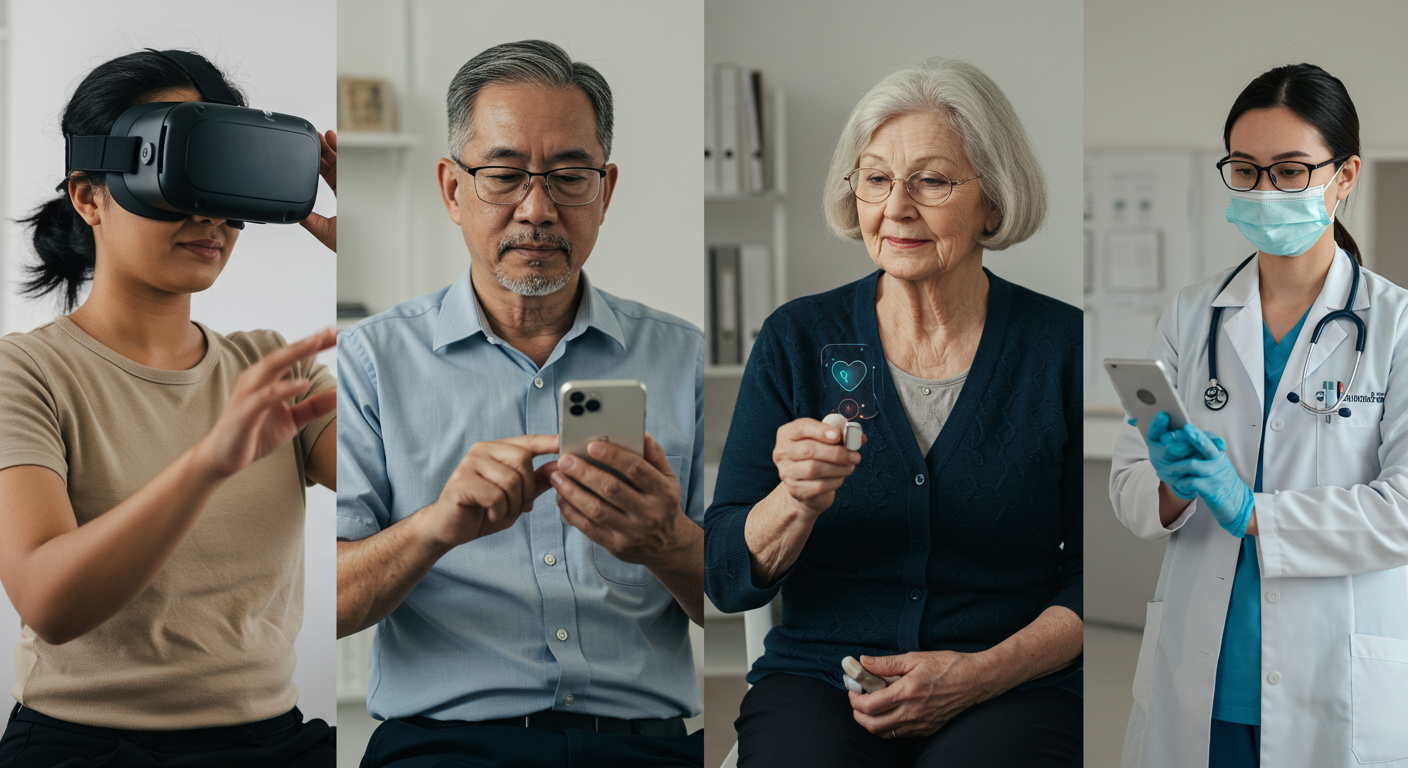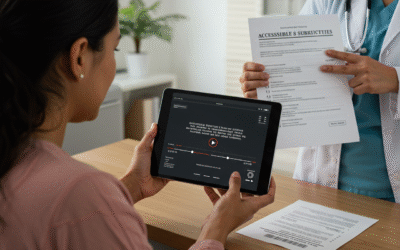Translation in the healthcare sector is constantly evolving. In 2025, several trends will impact global medical communication. The integration of innovative technologies and the role of specialized translators will be key to ensuring quality and accessibility.
Advancements That Will Transform Healthcare Translation
The healthcare sector requires accurate translations. The adoption of new tools and strategies will enhance communication among professionals, patients, and regulatory bodies.
- Artificial Intelligence Applied to Translation
Artificial intelligence (AI) is revolutionizing translation. In 2025, its use will expand to streamline processes and improve efficiency. However, human intervention will remain essential to ensure accuracy and cultural adaptation of texts. - Machine Translation with Human Post-Editing
Machine translation tools will reduce turnaround times. Even so, post-editing by specialized translators will ensure terminological precision and regulatory compliance. - Greater Demand for Specialized Translators
The rise of digital medical documentation will generate increased demand for translators with healthcare expertise. Training in specific terminology and regulations will be crucial. - Translation of Telemedicine and Electronic Records
With the growth of telemedicine, translating medical records and digital platforms will be indispensable. Data accuracy and security will continue to be top priorities. - Compliance with International Regulations
Medical translations will need to comply with standards like those established by HIPAA and ISO 17100. Adapting clinical and pharmaceutical documents to various legal frameworks will be key to avoiding penalties. - Use of Terminology Management Tools
Terminology databases and specialized glossaries will enhance consistency and quality in the translation of medical documents. - Accessibility-Focused Translation
Including easy-to-read translations and accessible formats will benefit patients with disabilities. New technologies will facilitate the understanding of medical information in multiple languages.
Conclusion
Translation trends in the healthcare sector for 2025 will boost quality, accessibility, and efficiency. The combination of technology and human expertise will be essential to ensure effective communication in a globalized medical environment.





